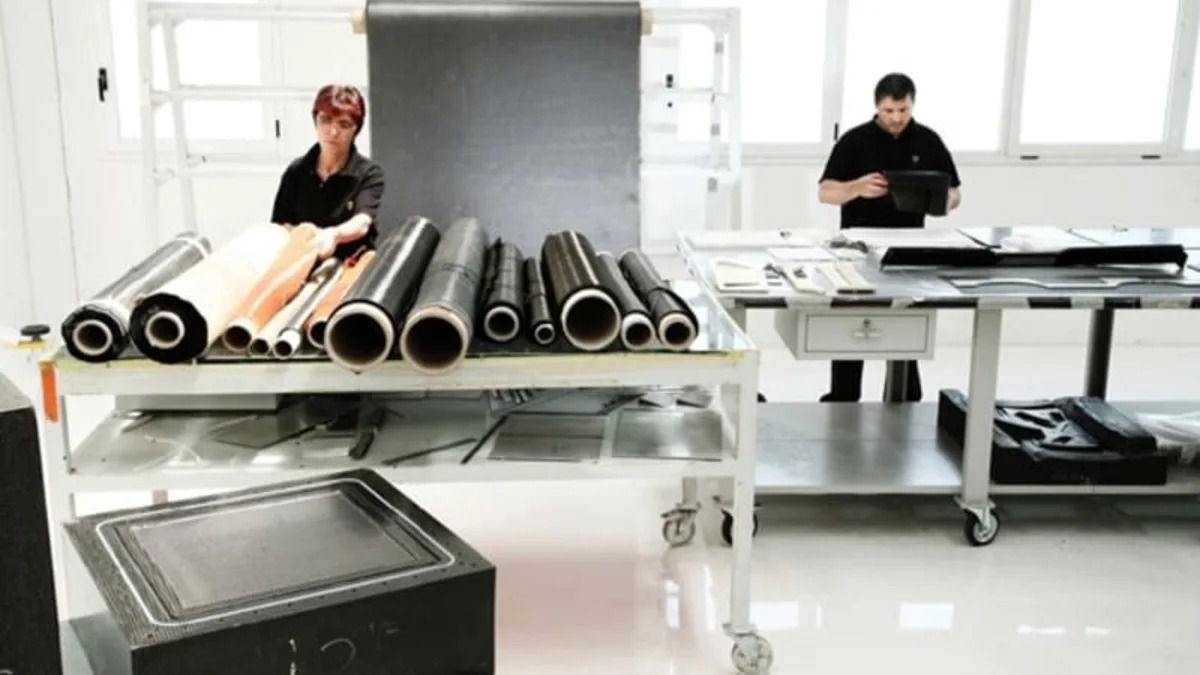Lamborghini's Advanced Composite Research Center – Click above for high-res image gallery
Generation after generation, our vehicles continue to add a little flab. How much? The additional poundage averages out to 20 percent gained per model in the last 20 years, making today's autos overweight copies of their former selves. Once added, shedding weight from a vehicle is not exactly an easy task. Quick fix diets and work-out programs won't cut it, so reducing vehicle weight requires a fresh look at design and development.
The auto industry applies the term "lightweighting" to its quest to trim excess flab. Lightweighting forces automakers to look at every aspect of a vehicle, from its chassis, to its sheet metal body panels on down to the engine casting itself, nothing is overlooked in the process of trimming mass. This is important because there is a rough calculation engineers can use to determine the amount of lightweighting required to save gas: if you reduce mass by 10 percent, fuel economy jumps up by six percent. Given the stringent fuel economy regulations that come into play in 2016, this formula helps automakers figure out how they might trim poundage from new models.
There are numerous methods used to reduce weight, including the use of advanced high-strength steels. It's estimated that vehicle weight could be reduced by as much as 30 percent if these high-strength steels replaced every piece of regular steel found on today's autos. That'd be a a big efficiency gain, but, of course, widespread use of high-strength steel increases vehicle costs.
Automakers are also exploring more applications for aluminum. Sure, the material is commonly used to make engine blocks, suspension components, wheels and even hoods, but few manufacturers have considered using it elsewhere, mainly (again) due to aluminum's high costs. Look for future models to make use of aluminum doors, which can trim a vehicle's weight by 50 pounds or more.
Additional weight-reducing measures include the use of thermoplastic to replace heavier metal engine components, swapping out interior sound insulation material for lightweight alternatives and even using exotic, and often expensive, carbon fiber. Weight-saving measures, at least to some degree, will be applied to every model that launches in the coming years. In essence, automakers are turning back the clock by producing models that tip the scales at weights that were common many moons ago.
[Source: Hybrid Cars]


Sign in to post
Please sign in to leave a comment.
Continue